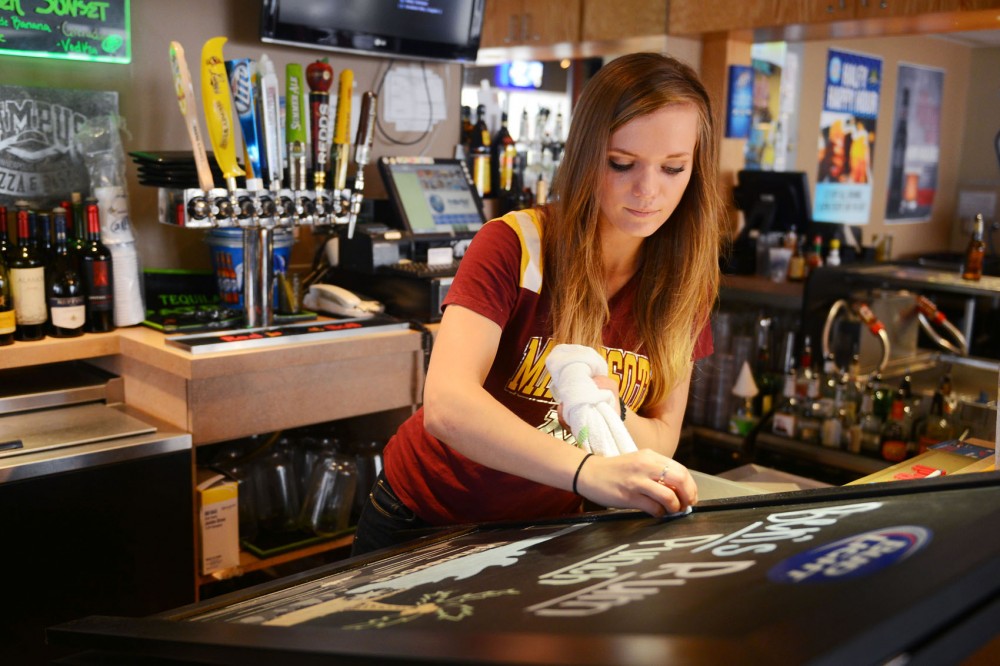Fewer college students are working while in school nationwide, despite rising costs and tuition rates.
Nationally, about 45 percent of college students reported being employed last year, according to the United States Department of Labor, a figure that’s down about 7 percent from a decade ago.
That may be due to a greater number of older adults working, a decrease in job creation and increased competition with high school dropouts, experts say.
A study released in March by the Brookings Institution’s Metropolitan Policy Program studied the employment prospects for those between the ages of 16 to 24. The declining number of employed college students is a national issue, said Ishwar Khatiwada, co-author of the study and associate director of research at the Center for Labor Market Studies at Northeastern University.
“The younger you are, the worse off you are in the labor market,” he said. “You have a harder time finding a job.”
More young adults aren’t able to find jobs as more adults 55 years and older are becoming competition in the workforce, the study found.
“We call it a bumping down effect,” Khatiwada said, noting how many younger adults’ job opportunities are being taken by older adults.
High school dropouts may also be competition, the study found.
With all these factors, Khatiwada said it’s increasingly becoming more important for college students to take on work-based learning opportunities, like internships, to develop a work habit and gain experience.
Paul Soper, the internship director in the University of Minnesota’s Department of Political Science, said it’s important for students to gain work experience in the field they’re looking to work in to better their chances of getting a job out of college.
Internships are also vital for gaining valuable contacts, especially for political science students who want to go into politics and government fields, he said.
And while employment rates of college students are declining, Soper said the internship rates in his department are steadily increasing. Though he said it’s important for students to do well in school, internships can be just as vital.
“As a college professor, I like students to be fully engaged in their academic studies,” he said. “On the other hand … employers like to see that students [are] doing something besides just attending classes.”
But if internships are unpaid, they may not work for all students, as many have to work to pay off their loans and make ends meet.
Ecology, evolution and behavior junior Libby Schmidtman works 20 hours per week at Campus Pizza and Pasta in the summer. She also has several work-study jobs during the school year, including University research lab work.
“It can be [difficult to work during the school year], but I need to. I can’t afford to not work,” she said.
Malia Lakatos, an out-of-state University student from Illinois, said she paid nearly $30,000 for school this year.
During the school year, the speech, language and hearing sciences sophomore said she took out her maximum amount of
student loans to afford school. This summer, she’s working to pay off some of her debt.
For those who complete an undergraduate degree at the University, their average debt load is $27,578, according to One Stop data.
Lakatos said she also participated in various research studies at the University to earn extra money during the school year.
“They’re just very easy ways to make money,” she said.


